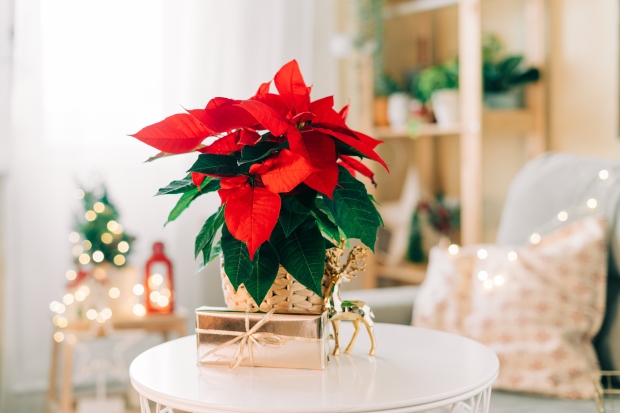Why Do We Have Christmas Trees?
Several cultures around the world have used evergreen trees, garlands, and wreaths in their homes during the winter season to symbolize various local customs and beliefs. It is hard to pin down any one lineage that led to our current way of using Christmas trees, but there is no doubt that the practice precedes Christianity and has roots in several pagan traditions, including tree worship. Evergreens were said to ward off evil spirits and were associated with fertility in some cultures.
Most likely the modern Christmas tree can be traced back to the regions that are now central to northern Europe, where art and folklore indicate the use of Christmas trees for decoration as early as the 16th century. Although some early Christians rejected the idea of incorporating these older pagan traditions into their religion, the custom persisted, and eventually the Christmas tree became one of the most iconic symbols of the season.
It is easy to understand why people are attracted to the idea of having Christmas trees in their homes. During the long, dark, cold days of winter, there are few signs of life and not much color to be seen. Having an evergreen tree inside the home, especially one that is decorated with tingling lights and festive ornaments, reminds us of the greenery that will come back in the spring. Not only that, but the scent of evergreens brings freshness into the air of a home that might feel stuffy over the winter.

